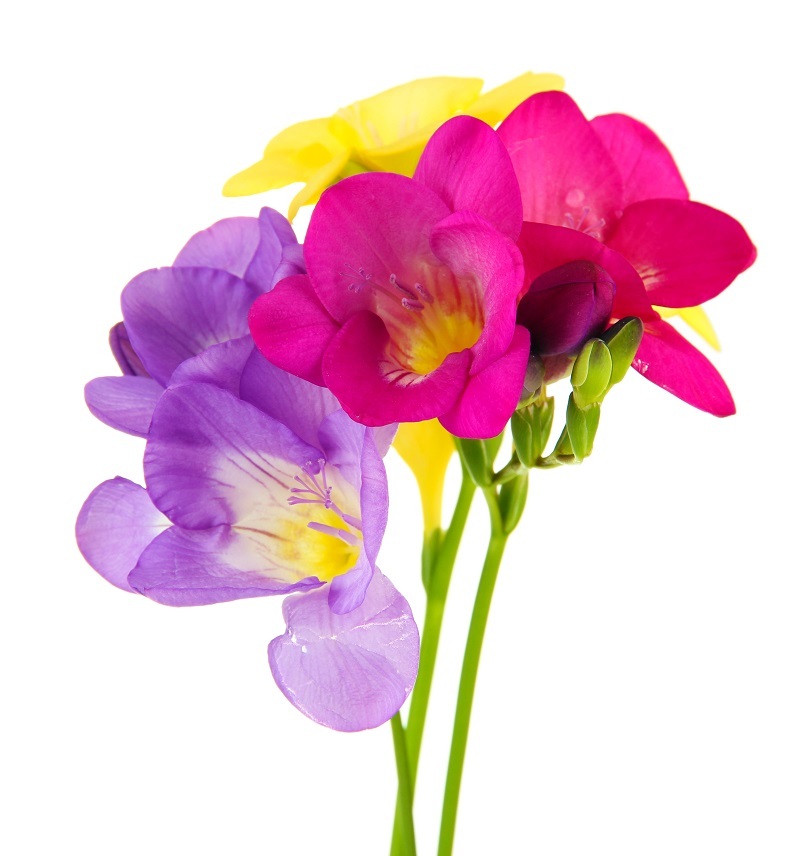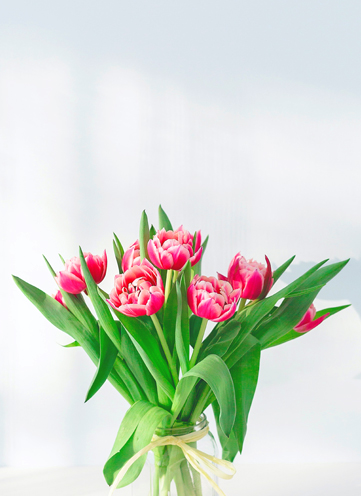Hydrangea - The Shifting Spectacle
Posted on 04/11/2024
Hydrangeas are a beloved staple in many gardens, known for their enchanting blooms and the magical ability to change color based on soil pH. This article explores everything you need to know about these fascinating flowers, from their origin and types to care tips, pros, and cons.
Origin and History
The hydrangea genus, known as Hydrangeaceae, originally hails from Asia and the Americas. First documented in Japan, these shrubs were introduced to Europe in the 18th century and have since become a worldwide garden favorite. Their name comes from the Greek words "hydor" (water) and "angos" (vessel), referring to the shape of their seed capsules.

Types of Hydrangeas
There are several types of hydrangeas, each offering unique characteristics:
- Bigleaf Hydrangea (Hydrangea macrophylla): Known for its large, globe-like flowers that can change colors.
- Panicle Hydrangea (Hydrangea paniculata): Features cone-shaped flower clusters that transition from white to pink.
- Smooth Hydrangea (Hydrangea arborescens): Popular for its large, spherical blooms, often white or pink.
- Oakleaf Hydrangea (Hydrangea quercifolia): Notable for its unique foliage and elongated flower clusters.
The Color-Changing Phenomenon
One of the most captivating aspects of hydrangeas is their ability to change color based on soil pH. This color-shifting spectacle is most noticeable in Bigleaf Hydrangeas. Here's how it works:
- Acidic Soil (pH below 6): Produces blue blooms.
- Neutral to Alkaline Soil (pH 7 and above): Results in pink or red blooms.
- Intermediate pH levels: Can create purple or mixed-color flowers.
Care Tips for Hydrangeas
Hydrangeas are relatively easy to care for if you follow these essential tips:
- Soil: Ensure well-draining soil rich in organic matter.
- Watering: Keep the soil consistently moist, especially during dry periods.
- Pruning: Prune hydrangeas in late winter or early spring to encourage new growth.
- Fertilizing: Use a balanced fertilizer to promote healthy blooms.
- Sunlight: Provide morning sun and afternoon shade for optimal growth.
Pros and Cons
Like any plant, hydrangeas come with their own set of advantages and disadvantages.
Pros:
- Beautiful Blooms: Large, vibrant flowers that bloom throughout the summer.
- Versatile Landscapes: Suitable for a variety of garden styles and uses.
- Color Variety: Ability to change color based on soil conditions.
- Low Maintenance: Requires minimal care once established.
Cons:
- Sensitive to Soil Conditions: Color changes can be unpredictable.
- Water Requirements: Needs consistent moisture, which can be challenging in dry climates.
- Potential Pests and Diseases: Can be affected by pests like aphids and diseases like powdery mildew.
Additional Tips for Growing Hydrangeas
Here are some additional tips to enhance your hydrangea-growing experience:
- Mulching: Apply mulch around the base to retain moisture and regulate soil temperature.
- Winter Protection: Cover plants with a thick layer of mulch or burlap in colder regions.
- Companion Planting: Plant with hostas or ferns to create a lush, shaded garden bed.
- Avoid Overwatering: Be cautious of waterlogging, which can lead to root rot.

Takeaways
Hydrangeas are a magnificent addition to any garden, offering both aesthetic beauty and fascinating horticultural traits. Understanding their history, varieties, and care requirements can help you cultivate a thriving hydrangea garden that delights the senses season after season.
Conclusion
Whether you're a seasoned gardener or a beginner, hydrangeas offer a rewarding gardening experience with their impressive blooms and color-changing abilities. By following the care tips and understanding the pros and cons, you'll be well on your way to enjoying these shifting spectacles in your own garden. Their versatility and low maintenance make them an ideal choice for many landscapes, providing a shifting spectacle that captivates and charms all who behold their beauty.
Latest Posts
Three Effortless Steps to Flower Longevity Revealed
What Makes Red Roses Perfect for Valentine's Day
Poinsettia Preservation: Pro Tips for Longevity





